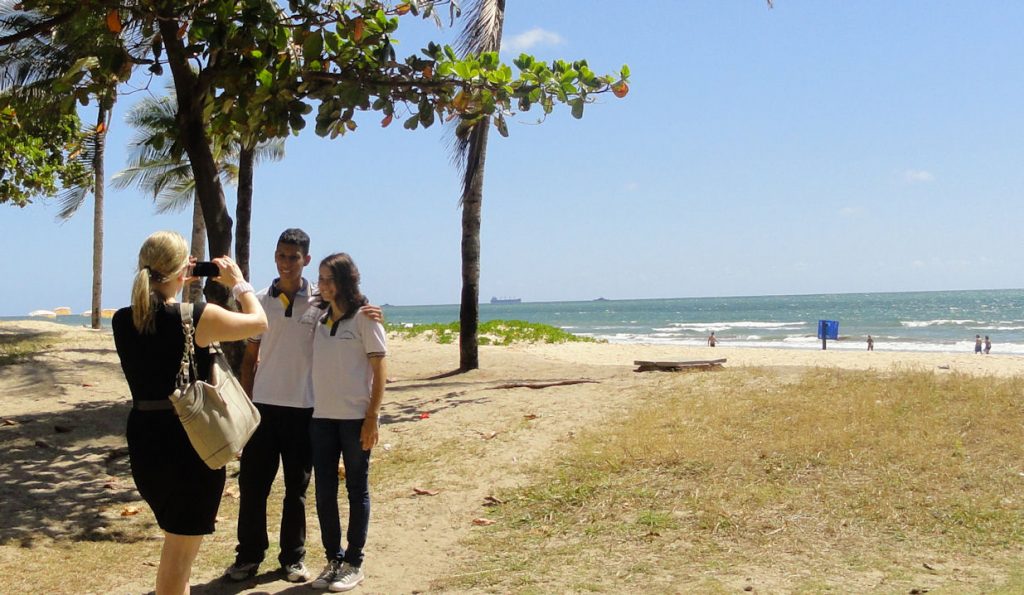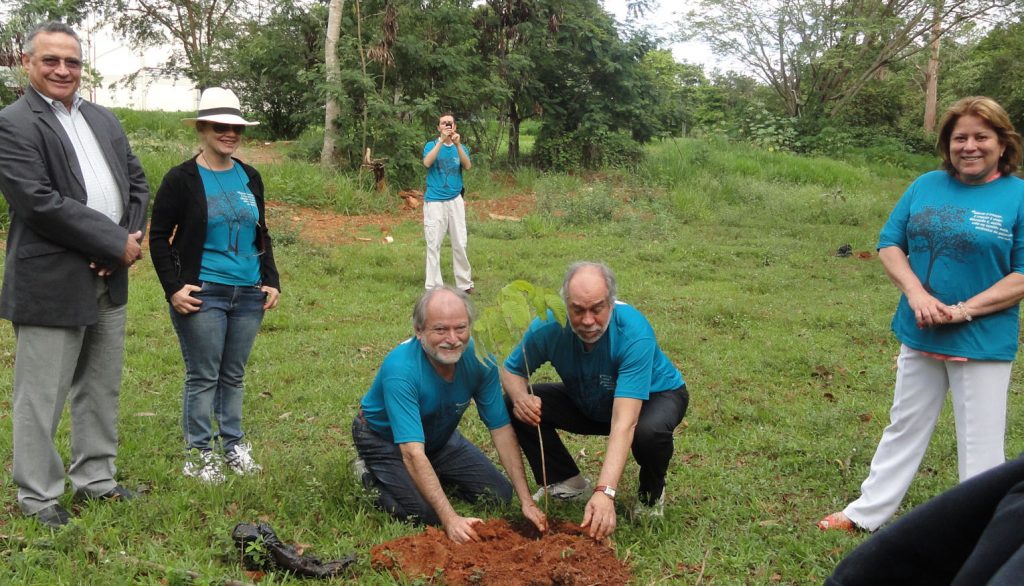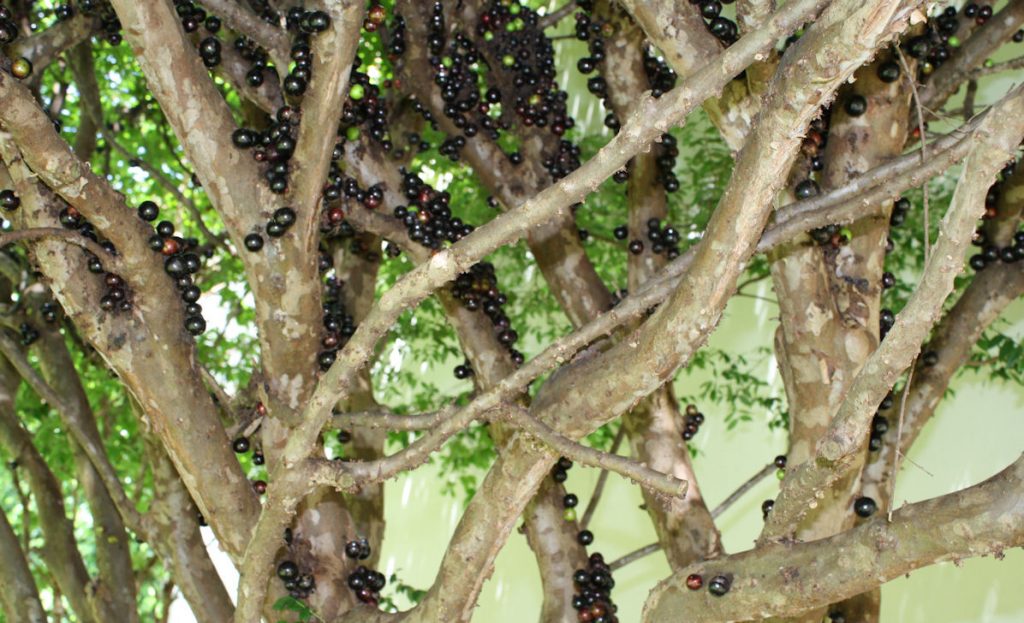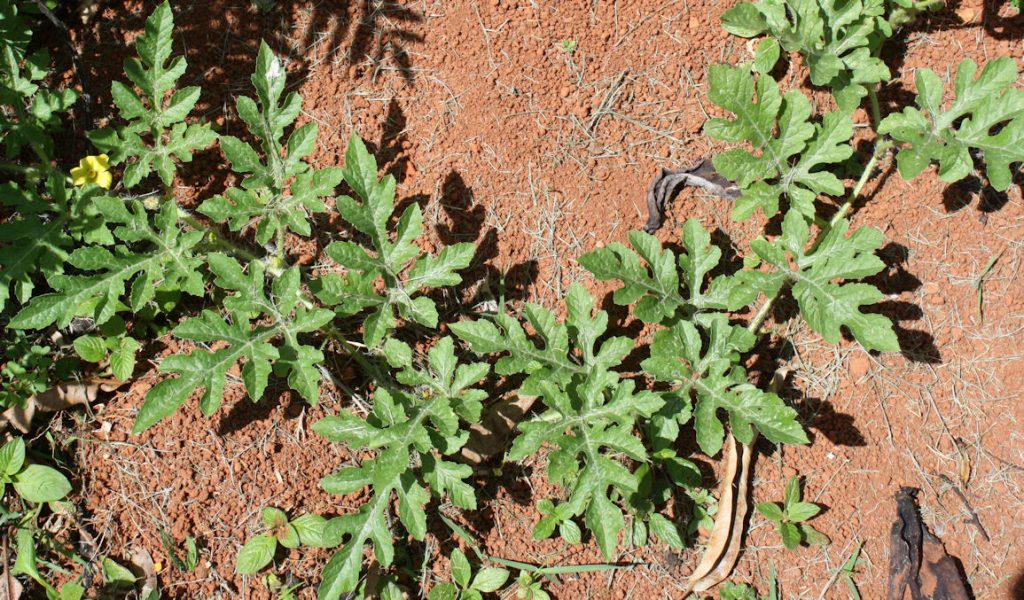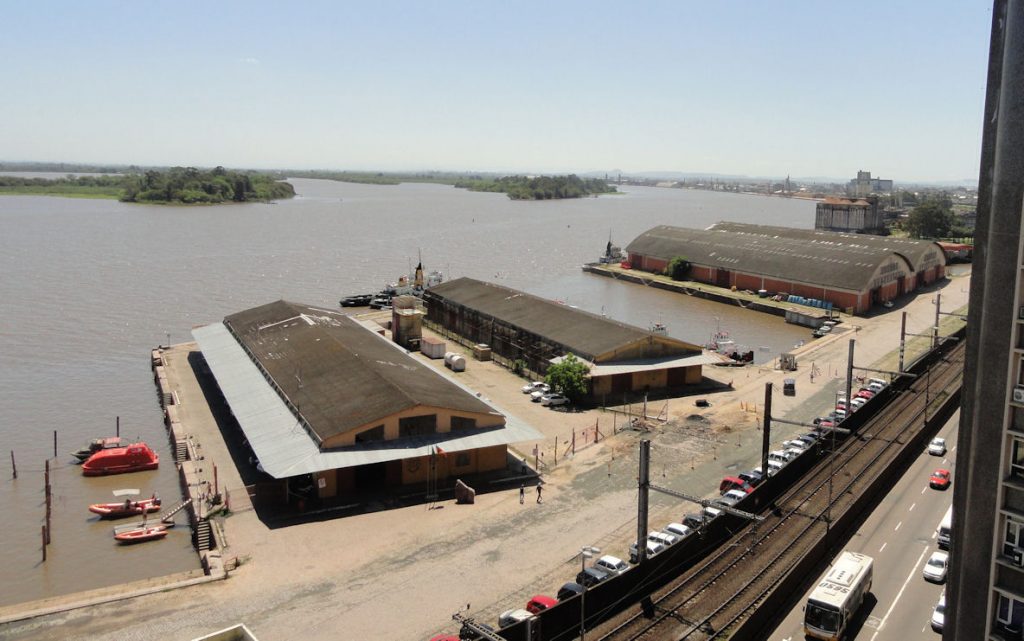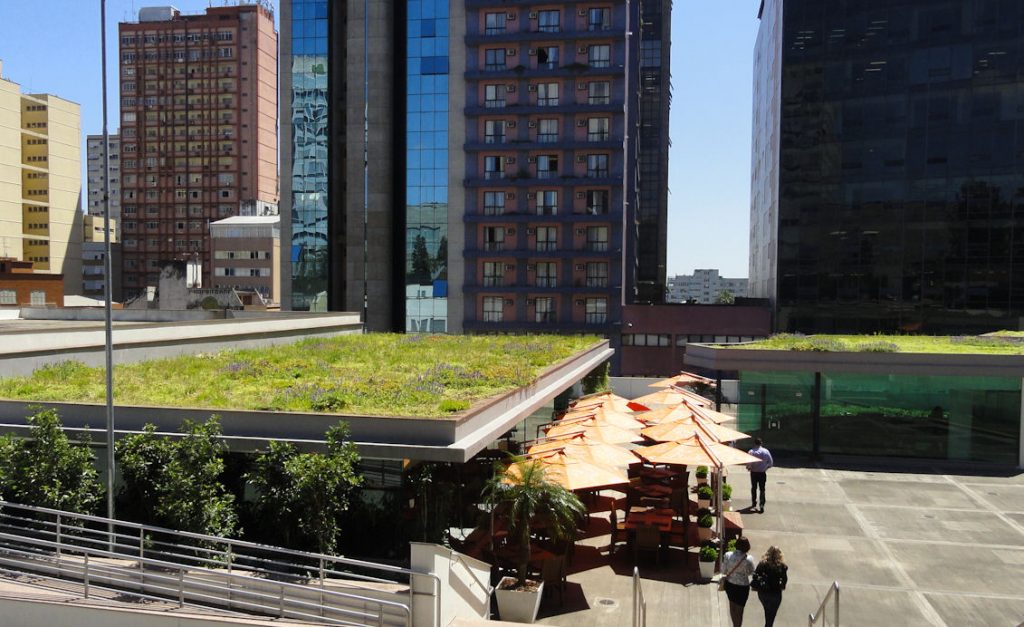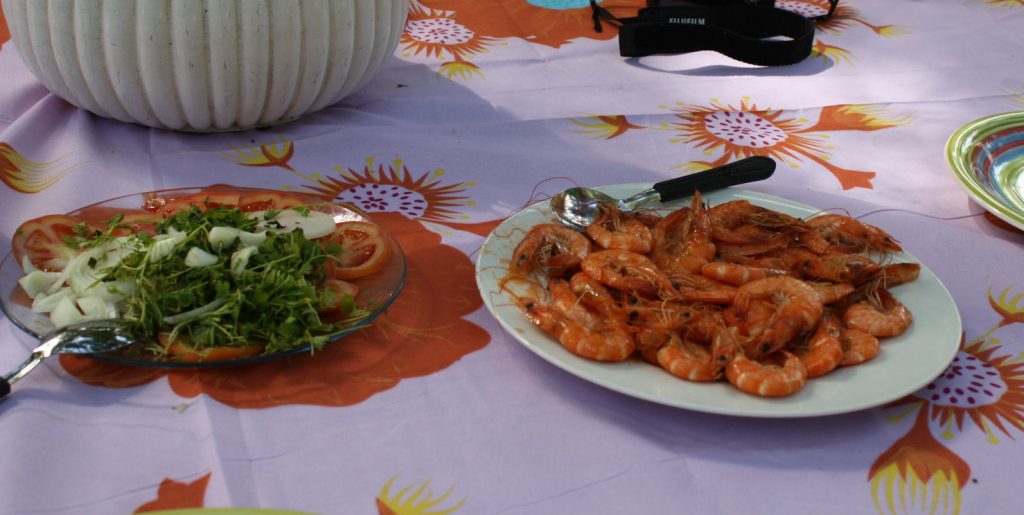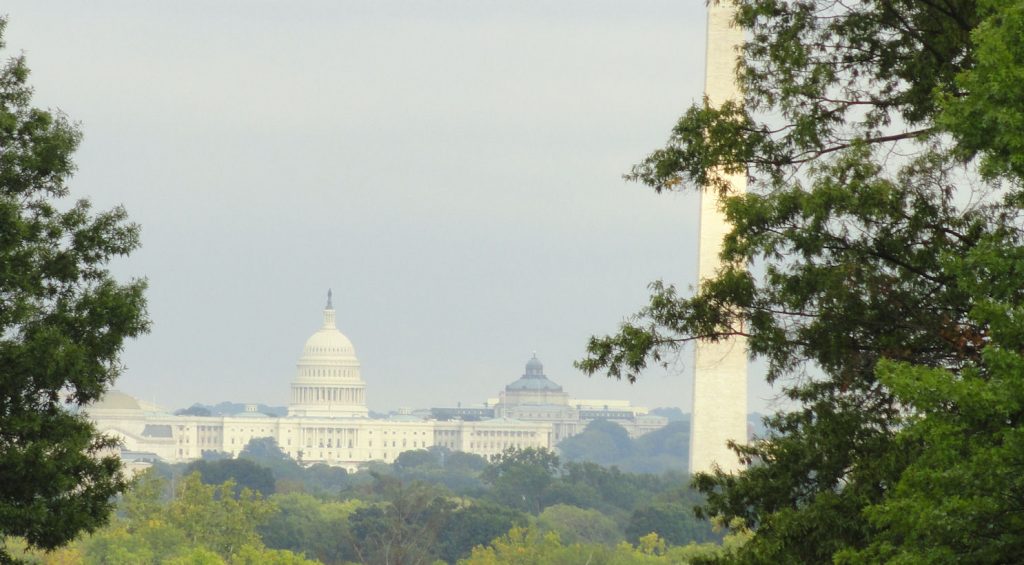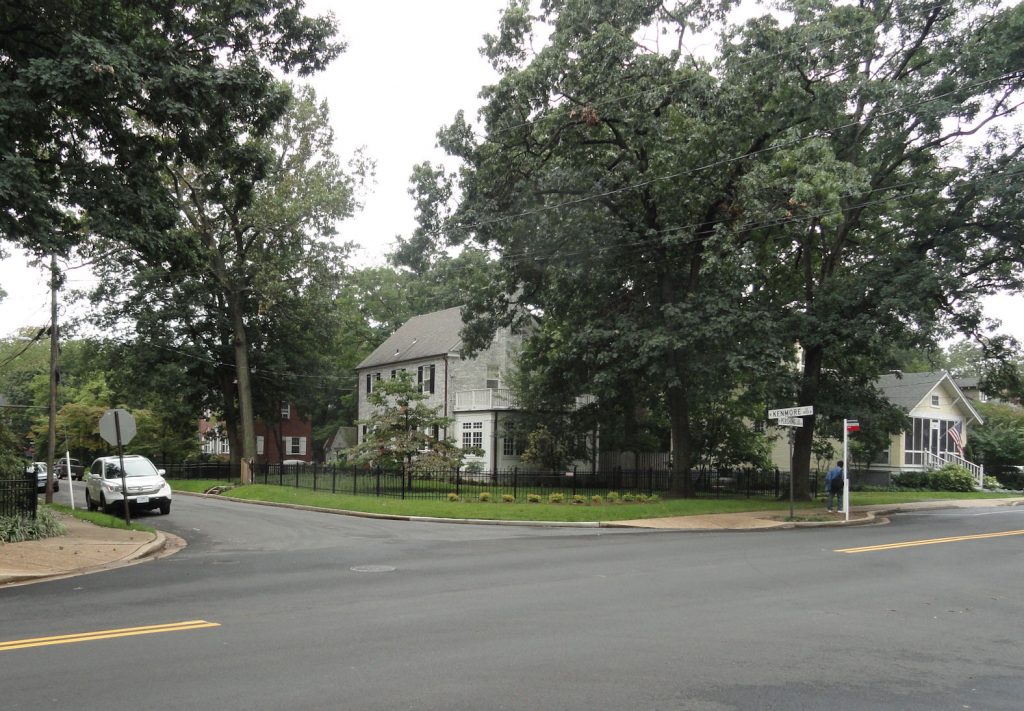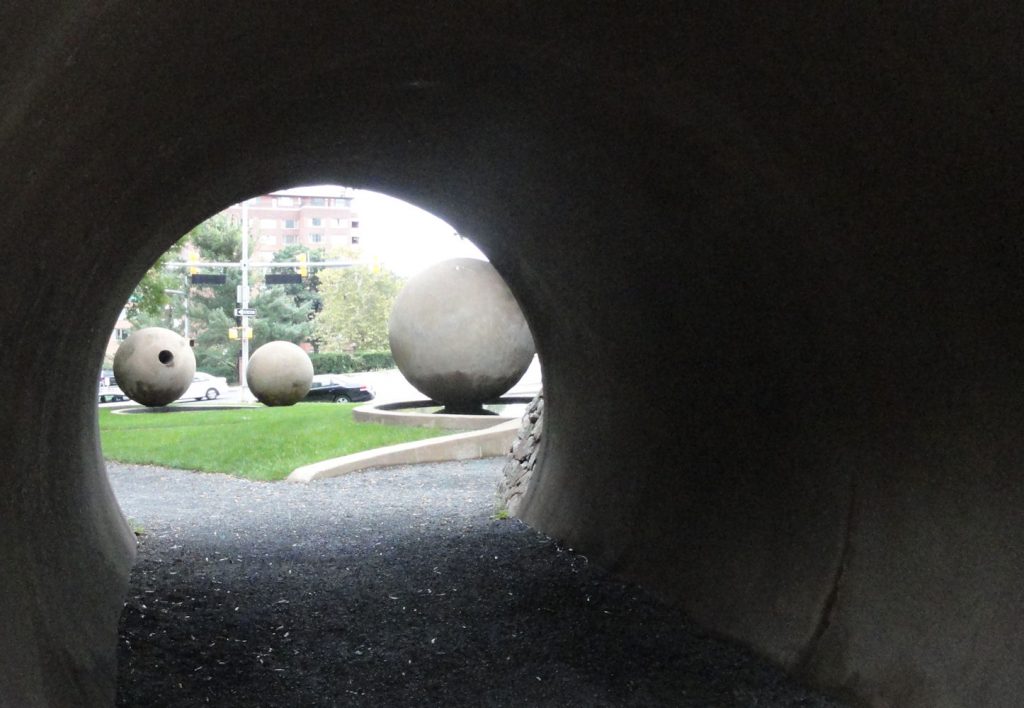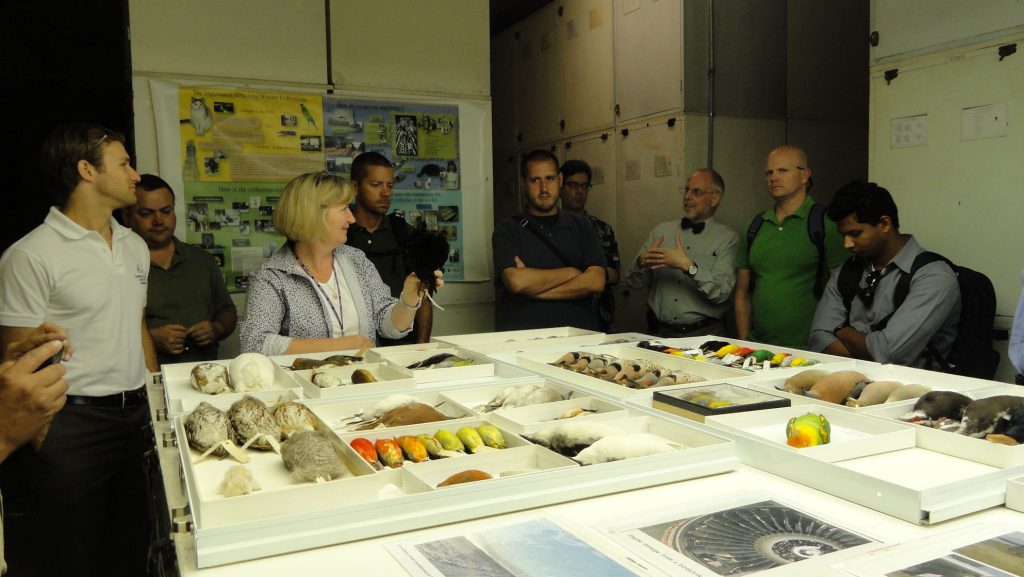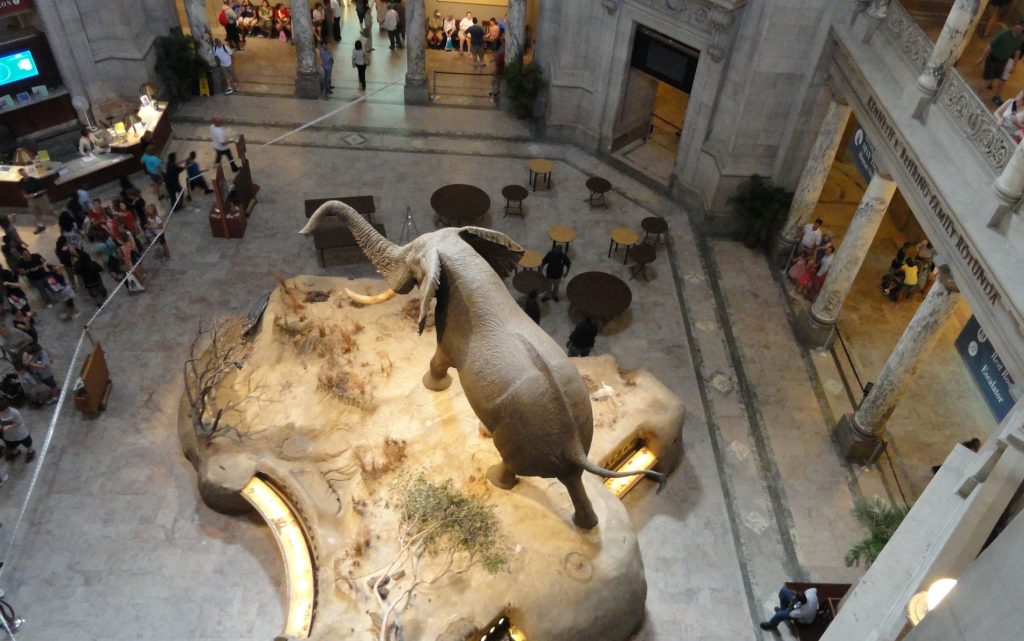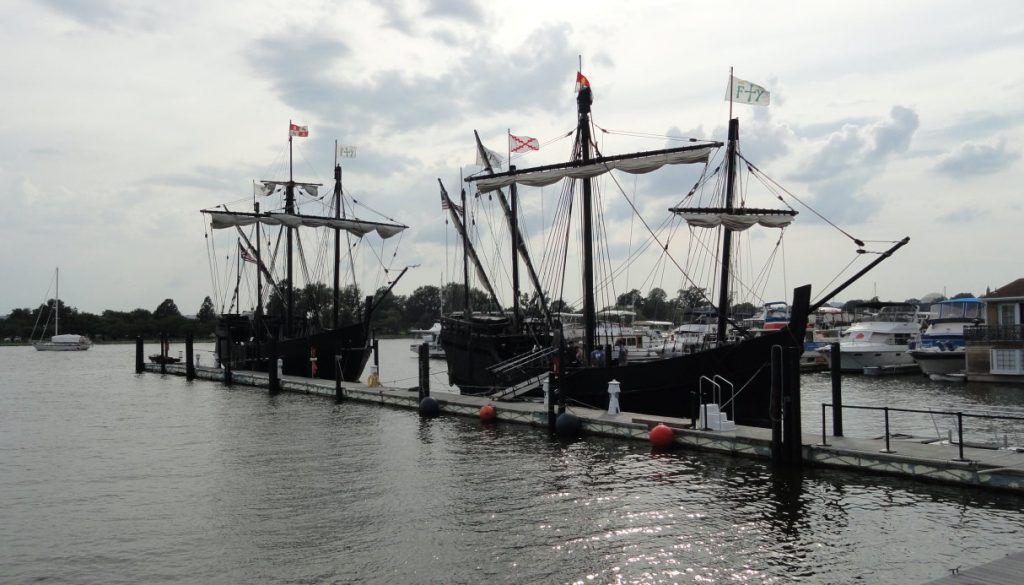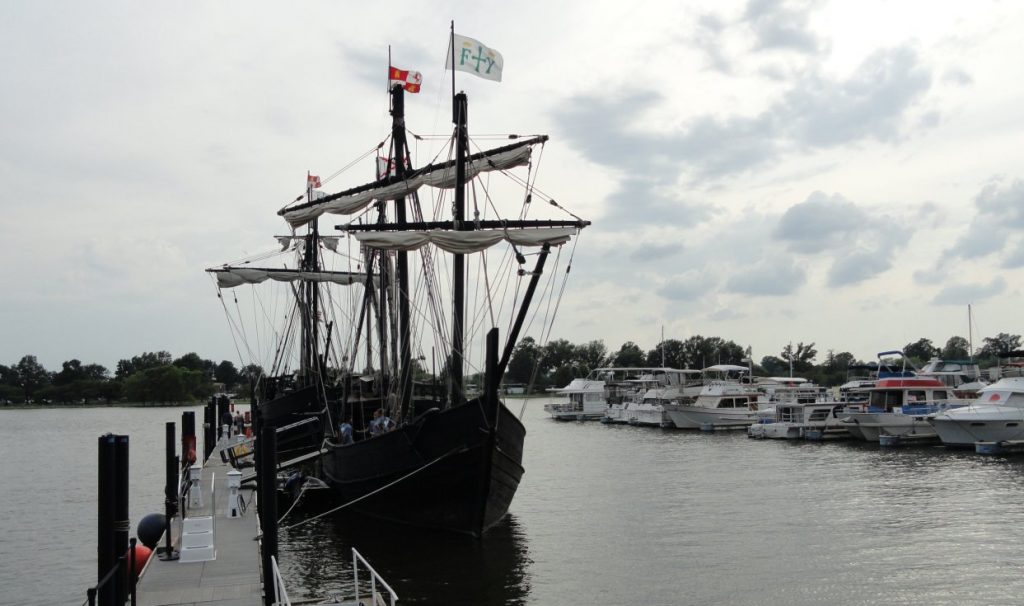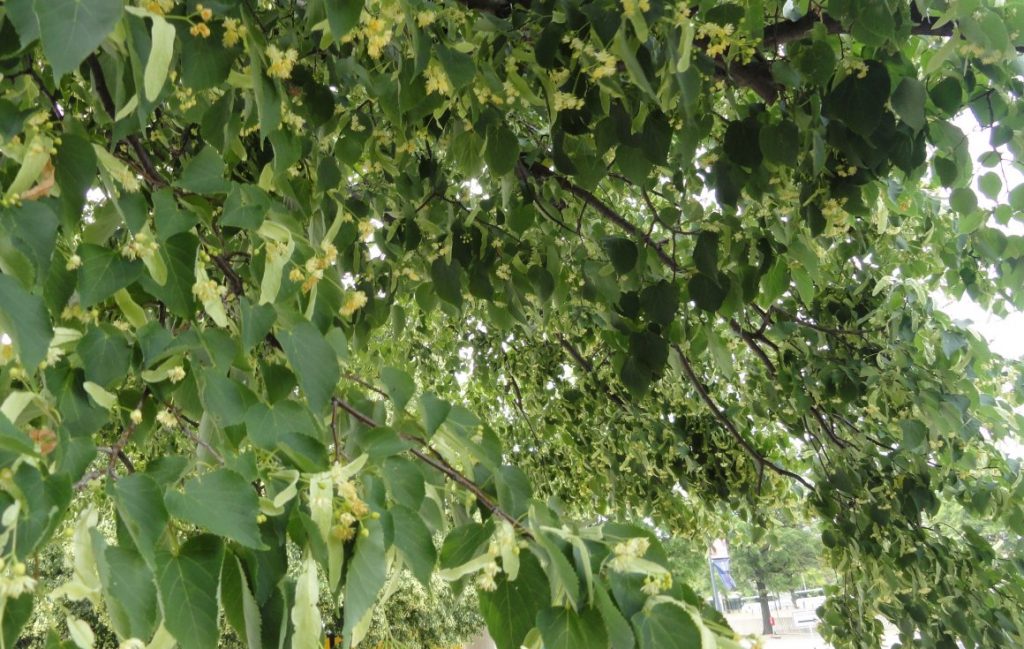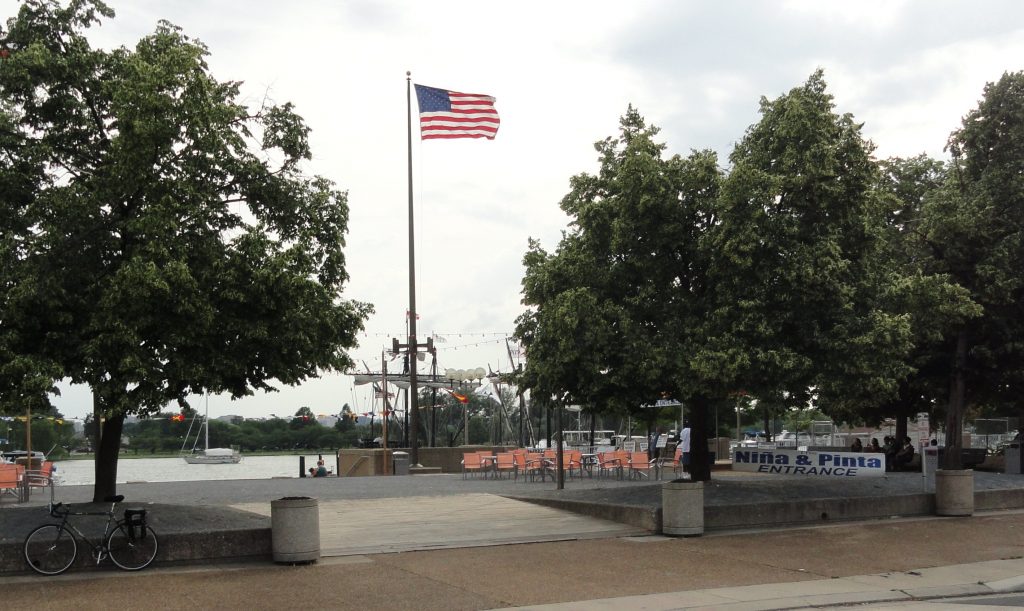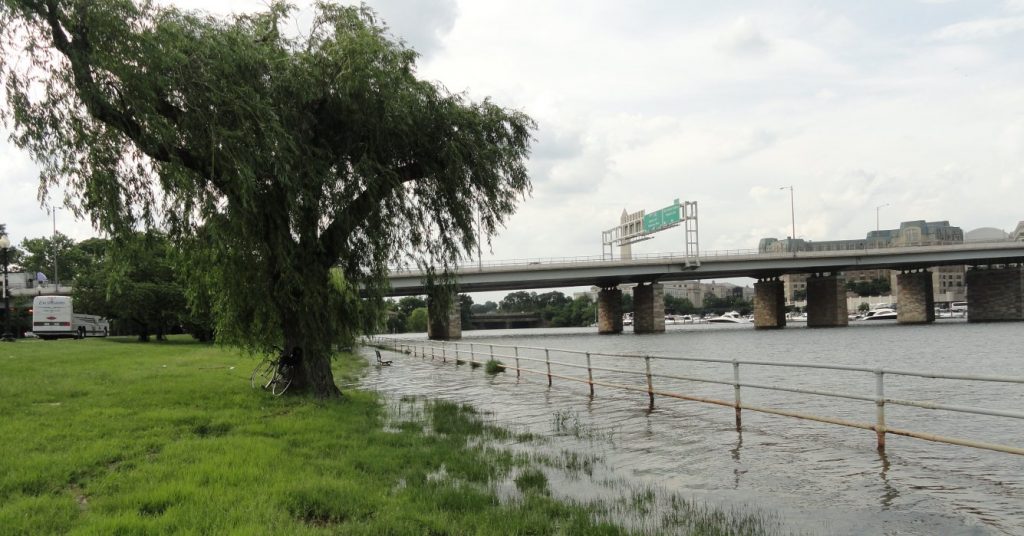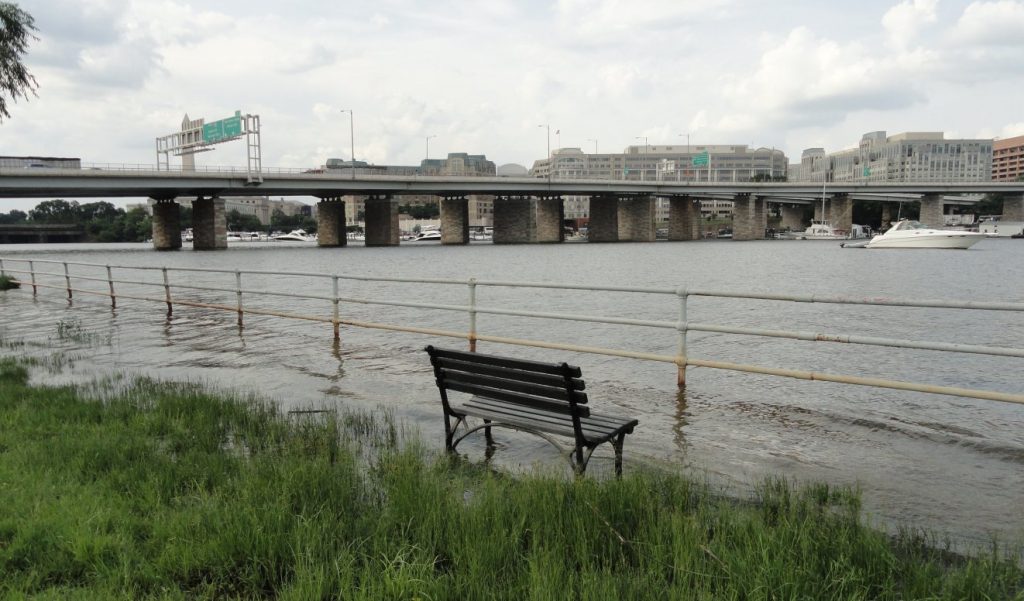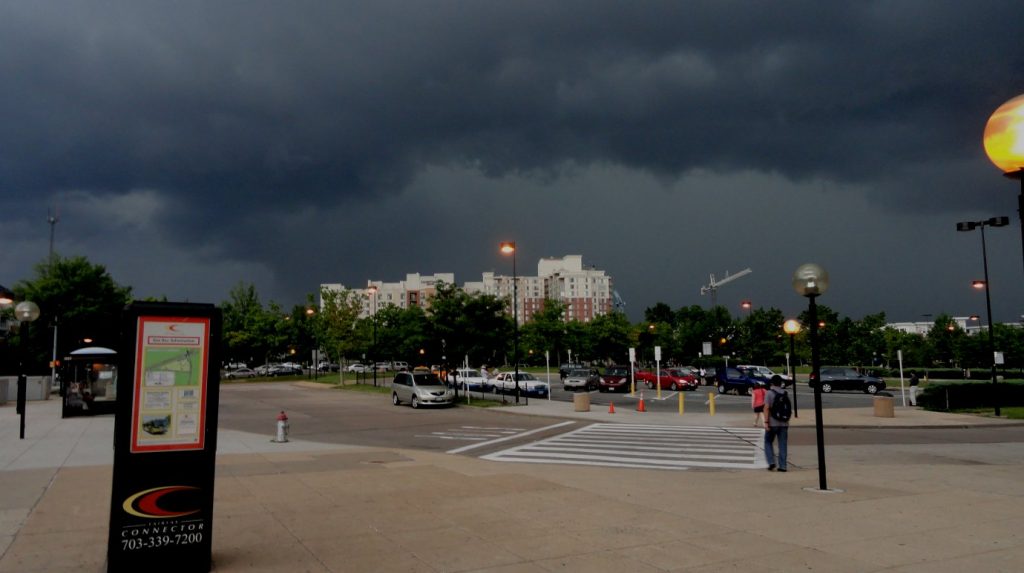We should base our regulations and plans on actual risks, not the perceptions of risk. Biotechnology is a lot less radical and a lot less risky in than it is perceived to be. Let’s start with some things that are not problems. You can avoid biotech product if you eat nothing but organic food, but all the rest of us have eaten biotech food, since most of our American corn and soybeans, among other things, are genetically modified. There has never been a case of a documented health problem attributed to biotech food. This is a surprising outcome, given the extreme amount of scrutiny biotech gets. It is likely that biotech is actually SAFER than ordinary products because of all the scrutiny.
Of course, organic food has recently killed at least 30 people and made another 3000 sick, as we saw with the recent e-coli outbreak in Germany attributed to organically grown bean sprouts. The fact is that no food is perfectly safe all the time. You can be sure that if a biotech product had somehow been in contact with this organic product and got infected by it, the biotech would get the blame. We should not “blame” organic food, but recognize that humanity ate organic food for most of our history and our ancestors were not more robustly healthy than we are.
There have been complaints that biotech firms lock farmers into seeds, since they are not allowed to save seeds for next year. This is a meaningless complaint, since it is nothing new in the seed world. Productivity in American corn fields grew fantastically after the introduction of hybrid seeds in the 1930s. Farmers could save seed, but it wouldn’t work. Hybrid seeds are so productive because they have the hybrid vigor. The hybrids are developed to exhibit the best traits from the parent stock. The next generations lose this and may be even poorer performers than the original stock. They may, in fact, exhibit the worst traits of the parents. It is indeed true that farmers using biotech seeds generally agree not to use the seeds again. But if they want to be most productive, they probably would not want to do it. Like those who use hybrid seeds, they can always choose not to use the biotech seeds. They choose to use the better quality seeds because they believe the harvest will improve enough to justify the costs.
Biotech agriculture is becoming more widespread everywhere except Europe. European firms are active in biotechnology, but activists in the Europe resist wider introduction, which is one reason Europeans pay more for their food. Alternative “natural” food is something that only the rich can afford to choose, since it means lower productivity. This might seem like a bold statement, but it approaches a tautology. If the “alternative” is more productive, it becomes the usual method. The poor have often been forced to be organic, since they couldn’t afford other options, but they make the logical choice when they have a choice.
Biotechnology also increases diversity. With traditional agriculture, farmers have to plant one variety, in order to make harvests practical. Biotechnology creates new varieties. You can still keep the old ones if you want, but you have doubled your choices.
Biotechnology is good for the environment, but creating and using plants and animals suited to their environments. They require fewer chemical treatments and less cultivation. This is one reason it increases farm productivity. They farmer needs to spend much less time in the fields spraying or cultivating.
31% of the world’s emissions of greenhouse gases come from agriculture. Biotechnology can reduce that by requiring fewer inputs, everything from herbicides, to fertilizers to the fuel for tractors to deliver these things to the field. No till agriculture, which protects soils, conserves moisture and makes it possible for farmers to cultivate much less often, is very much facilitated by biotechnologies. Overall, the introduction of BT Roundup ready crops is estimated to have been the equivalent of taking 6-8 million cars off the road.
Biotechnology is developed by big firms. This is because only well-financed firms can afford the equipment and trained scientists. But an even bigger consideration is the regulatory environment. Governments require extensive testing and field trials. Only a well-financed firm can afford to comply. However, the biotechnology itself benefits small and big farmers. Biotechnology is scale neutral. The small farmer can get as much benefit as the large one and the relative benefit to small holders is often greater, since they often lack the equipment and expertise to take full advantage of traditional farming technologies.
I personally believe that biotechnology is a necessary tool to protect the environment and keep our world reasonably pleasant. We live in a global world. Even people not very knowledgeable about the environment understand that we face the challenges of climate change. Fewer people are aware of the bigger threat of invasive species or the development of native menaces in the face of changing environments. Everything can catch rides on our modern mobility. This includes plants and animals, but also diseases and bugs. Many of our most treasured plants and trees are threatened, including our oaks, maples, beeches … pretty much everything. Natural systems cannot adapt at the pace of change we humans have created. Biotechnology is the best hope we have to save the ecosystems we love and on which we depend. I am unwilling to accept that my oaks will wilt, my maples will be killed by Chinese beetles; my ashes will all succumb to the emerald borer or my hemlocks will be turned into ghosts by woolly adelgids. We can fight back with chemicals and cultivation, but one of the most potent and ecologically benign tools will be biotechnology
I understand the risks of change. But looking around at what we get w/o biotechnology – the food shortages in developing countries, the widespread death of forest species etc, I don’t think we have a good alternative.
There is no alternative w/o risk. We need to be cautious about what we do, but we also need to adapt to rapidly changing realities. World population growth means we need to increase food production. Climate change will make that productivity growth harder. We need to use all the tools we possess and certainly should not refrain from employing the most exciting innovations recently created by human imaginations. We need to deploy biotechnology. We should be circumspect by not timid. The future belongs to the innovative.
